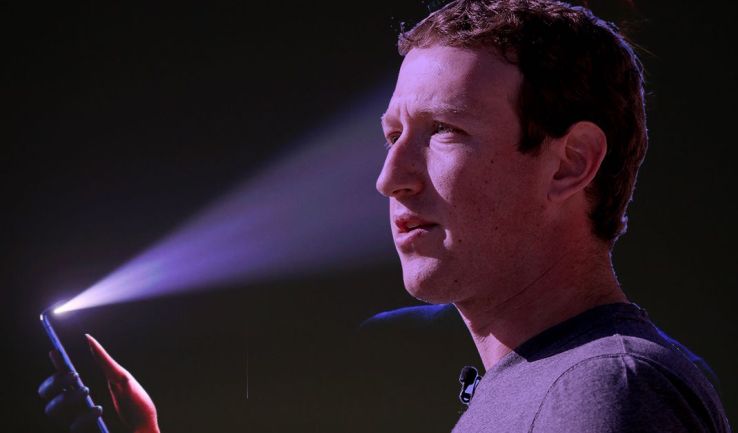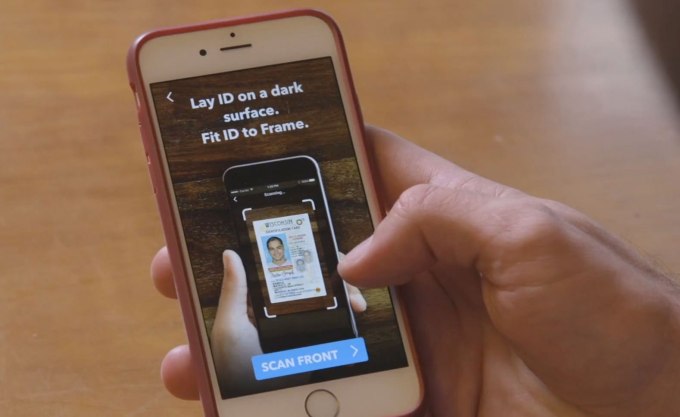Apple has unveiled the iPhone X, which joins the iPhone 8 and iPhone 8 Plus in Apple"s all-new iPhone line-up.
We think that Apple"s flagship iPhone is great, as you can see if you read our review of the iPhone X, however, there have been a few issues with the new handset.
Here, we bring you everything you need to know about the iPhone X problems, including stock shortages, unresponsive screens (for which a software update has now been issued), Face ID security, buzzing speakers, and a green line.
A new study claims that an iPhone X with a Qualcomm modem is faster - but a different study a month prior claimed that those models with an Intel modem were faster, read more about the modem issue here. We also explain how to find out which modem your iPhone X uses here.
The good news is that it looks like Apple"s iPhone X inventory has increased - so if you were hoping to get your hands on an iPhone X in time for Christmas, then you may be in luck. More on that below...
How to say iPhone X
Not a problem as such but if you are referring to an iPhone "ex", and get a blank look it may be because the person you are speaking to knows that the correct name for the iPhone X is iPhone 10.
In a way reminiscent of the old Mac OS X, the iPhone X is actually pronounced "iPhone ten" (with the X representing the Roman numeral for 10). That"s because 2017 is 10 years after the very first iPhone launched at Macworld Expo in 2007. So this is a sort of special, celebratory anniversary iPhone.
However, we think that more than half of people refer to the iPhone X as the iPhone "ex", so if you do so you are probably in good company.
iPhone X availability
Since the iPhone X went on sale stocks have been limited. If you are trying to buy Apple"s newest handset we have some advice here: how to get an iPhone X, but beware that it is unlikley that you will be able to get hold of the iPhone X without a wait of a week or so.
It"s not clear how long iPhone X stocks will be constrained, but it looks like reports that Apple would struggle to meet anticipated demand for the iPhone X ahead of the Christmas and January sales rush are unfounded.
If you are looking to buy an iPhone X from Apple, as of 29 November you can expect delivery between 7-14 December. That"s an improvement on the 3-4 week wait time seen previously.
Reports in the run up to the launch suggested that production had been held up because attempts to make Face ID accurate had failed, with Apple eventually lowering its standards. However, Apple has denied those reports, with a spokesperson saying: "Bloomberg"s claim that Apple has reduced the accuracy spec for Face ID is completely false and we expect Face ID to be the new gold standard for facial authentication." Read more about the issues with Face ID here.
KGI analyst Ming-Chi Kuo also expected supply to be constrained, predicting that only two to three million X handsets would be ready in time for the launch, way down on expected demand: as a comparison, the iPhone 6s phones shifted 13 million units in their opening weekend.
When asked about shortages, Apple CEO Tim Cook replied only that "we"ll see what happens".
Hopefully there will be adequate supplies of the iPhone X in the run up to Christmas and the end of 2017.
iPhone X Price
The iPhone X costs $999 / £999 for the 64GB model. For the 256GB model you will be looking at paying $1,149 / £1,149.
Of course there is also the option to purchase the iPhone X from your mobile network, in which case you will be able to spread payments out over a couple of years (and not break the bank straigtt away). In the event that you want to pick it up on a contract, Carphone Warehouse offers a selection for the UK, with typical prices around £50-60 per month with roughly £200 upfront. The lowest upfront cost is around £59.99. For more information read our roundup of the best iPhone X deals here.
Regardless of how you buy it, £999 is a lot of money for a smartphone and unsurprisingly there have been calls for Apple to reduce the price. In fact, in early January 2018 a report appeared in DigiTimes claiming that Apple was considering dropping the price - at least in the Asian markets. We think such a price drop is unlikely - although the company could feasibly reduce the price if and when it introduces the iPhone SE2.
Unresponsive screen
Some people have found that their iPhone X screen becomes unresponsive in cold weather. In response Apple has issued a iOS 11 update that addresses the issue.
Initially a thread on Reddit claimed that: "It literally takes 2 seconds from going inside to the cold outdoors and my screen stops being very responsive."
According to a report on The Loop, Apple confirmed that it is aware of the issue. The company said: "We are aware of instances where the iPhone X screen will become temporarily unresponsive to touch after a rapid change to a cold environment. After several seconds the screen will become fully responsive again. This will be addressed in an upcoming software update."
That software update has now been issued. According to the release notes iOS 11.1.2 fixes an issue where the iPhone X screen becomes temporarily unresponsive to touch after a rapid temperature drop. It also addresses an issue that could cause distortion in Live Photos and videos captures with the iPhone X.
Apple has always advised that iPhones may not function in temperatures below 0º or above 35ºC (that"s 32º to 95ºF).
Face ID hacked
There have been a number of stories appearing claiming that people have been able to fool Face ID so that it will unlock someone else"s iPhone X.
There were a number of videos where identical twins were able to unlock each others phones. Apple has already confirmed here that someone who looked like you might be able to unlock your iPhone (a twin or just another family member.)
However, the most likely scenario in cases where a twin or family member unlocks an iPhone X is that at some point in the process the passcode had been entered, telling Face ID to start to learn that the new face was in fact the old face.
We tested this theory with some identical twin friends and found that twin two couldn’t open the phone when it was set up with twin one’s Face ID. However, all twin two needed to do was enter the passcode and then Face ID updated itself to recognise them as well as their twin. From then on Face ID could be unlocked by both twins.
There is one case where a 10-year-old boy was able to unlock his mother"s iPhone X. Apparently within seconds of the boy looking at his mother"s new iPhone X it unlocked. In the statement on Face ID Security linked to above Apple said that it doesn"t recommend that children use Face ID as their facial features are still developing, and the company has also warned that people with similar features may be able to unlock your iPhone X, but it seems strange that the boy, who"s face is so much smaller than his mother"s would be able to unlock the iPhone.
Apple claimed that it had thoroughly tested Face ID and found that it was impossible to fool it with the use of a mask. However, a Vietnamese security firm is claiming it has bypassed Face ID using a silicone mask, a 3-D printed frame, and 2-D images of the eyes and mouth.
The security firm has shared this video of the hack.
While it"s unlikely that anyone would go to such lengths to hack into your iPhone X, it could be a threat to the privacy of a celebrity, or anyone whos iPhone would be in demand (someone who ran a company or a country, for example).
As for whether it would work the other way round, someone has tested that theory by making themselves up to look like celebrities.
Makeup artist Promise Tamang is already famous for using makeup to make herself look like celebrities, so she put the iPhone X to the test by making herself look like Kylie Jenner and Mariah Carey. Obvioulsy she didn"t have their iPhones to find out if she was able to fool them, but she wasn"t able to fool her own iPhone X which unlocked straight away as it recognised it was really her all along.
Speaker buzzing issues
Apparently some iPhone X users are experiencing distortion and buzzing sounds from the iPhone X speaker.
iPhone X owners posting on Reddit and Twitter are reporting crackling sounds that can be heard when using the iPhone X speakerphone at high volumes.
Although, one Redditor claims that the issue happens even at just 50% volume.
Another poster claims that Apple replaced his iPhone X due to the issue, but that the new unit was also affected by the issue.
The iPhone 8 also suffered from an earpiece cracking issue and this was fixed with a software update.
Face ID not working
After installing the iOS 11.2 update some iPhone X users found that Face ID was no longer working. Apparently turning the device on and off again fixed that issue. (If you are wondering how to turn off and restart your iPhone X here"s a tutorial).
iPhone X headaches
Is your iPhone giving you a headache? Apparently some iPhone X users are complaining of eye fatigue and headaches.
The problem could stem from Apple"s use of pulse-width modulation which it uses to dim the brightness of the display. This can produce a flickering effect that some people are sensitive to.
If you are experiencing similar issues, you could try adjusting some of the settings on your iPhone. We found that some of the new features in iOS 11 made us feel sick - you can find out how to turn nausea inducing iPhone effects here.
iPhone X green line
Some iPhone X units are developing a green line on the side of the display.
Twitter user mixOmatOsis was one of a number of iPhone X users to experience the issue. He tweeted this photo of the problem to Apple Support:
https://twitter.com/mix0mat0sis/status/927713433482653696?ref_src=twsrc%5Etfw
The line tends to run vertically either down the right or left side of the device"s OLED display.
Some iPhone X handsets are slower than others
Because Apple doesn"t use the same components in all of its iPhone X handsets, some are apparently slower than others.
According to a SpeedSmart, this is because Apple is using different suppliers for the baseband modems inside the iPhone X. Either a Qualcomm or Intel modem.
In November, SpeedSmart claimed that the data that it has obtained from users of its app shows that there are big differences in speeds depending on which modem is in the iPhone.
Apparently Intel"s modem is the faster option. However, Apple has artificially limited the Qualcomm modem, says BGR in its report.
In December a further study by Cellular Insights seemed to suggest the opposite findings.
According to that study, the iPhone X models with a Qualcomm modem "get consistently better LTE speeds than Intel’s on America’s most common LTE band".
PC Mag suggests that "most consumers will feel the difference in very weak signal conditions, where every dBm of signal matters".
How to find our which modem your iPhone X uses
Want to find out which modem your iPhone X uses?
- Open Settings on the iPhone
- Go to General > About
- Scroll down until you see Model
- Tap on Model to change from part number to model number
A1865 model number = Qualcomm iPhone X
A1901 model number = Intel iPhone X
Qualcomm trying to sue Apple over iPhone X
Speaking of Qualcomm, that company has a bit of an issue with Apple"s apparent use of technology that"s described in patents that were previously owned by Palm until Qualcomm bought the patents in 2014. Qualcomm has filed three complaints against Apple regarding 16 patents.
Qualcomm just wants the iPhone X banned.
Apple had already filed a lawsuit against Qualcomm, claiming that the company is using its own battery management technology in the Snapdragon processor.
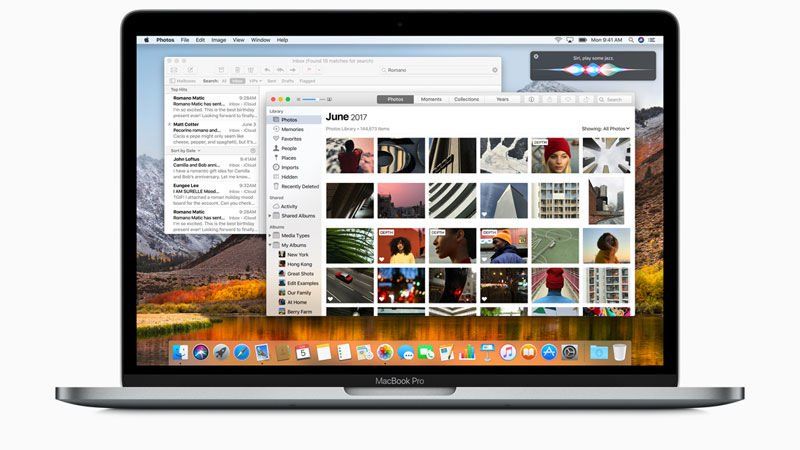
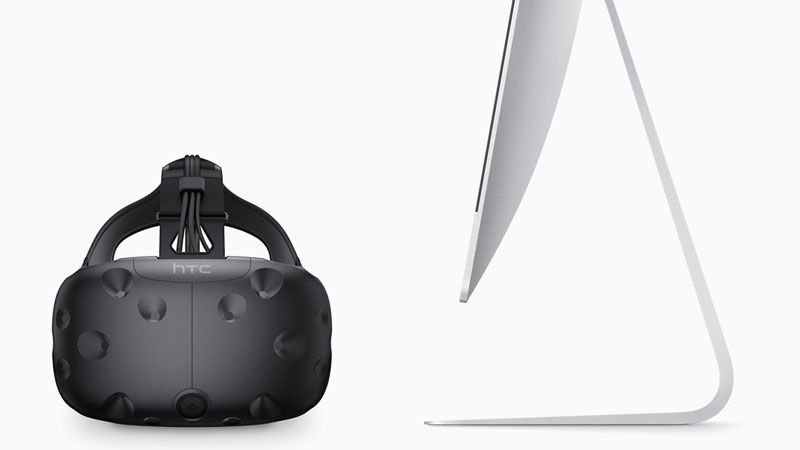
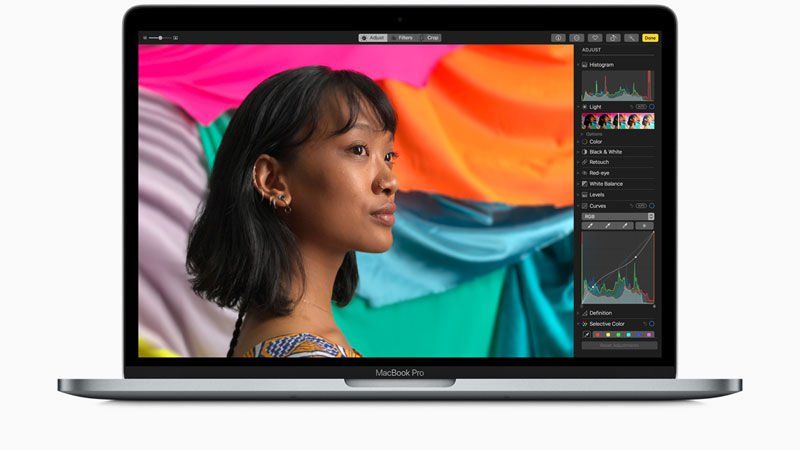
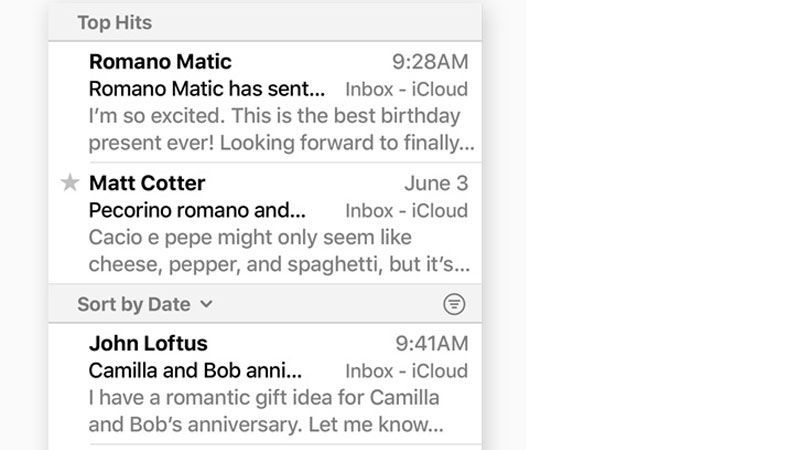
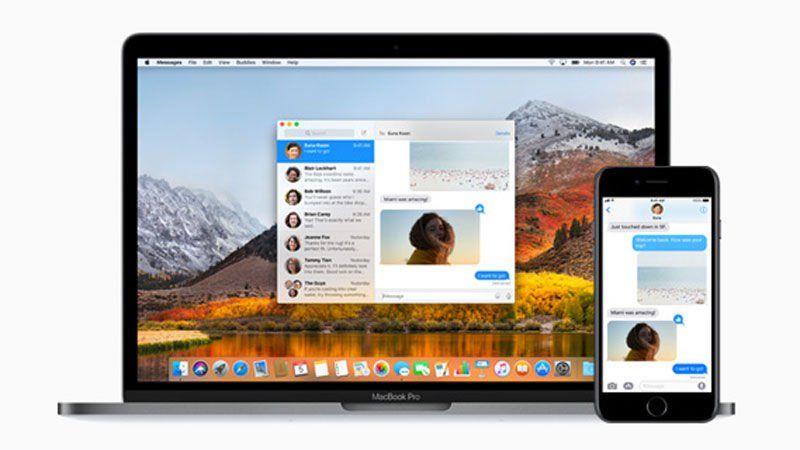



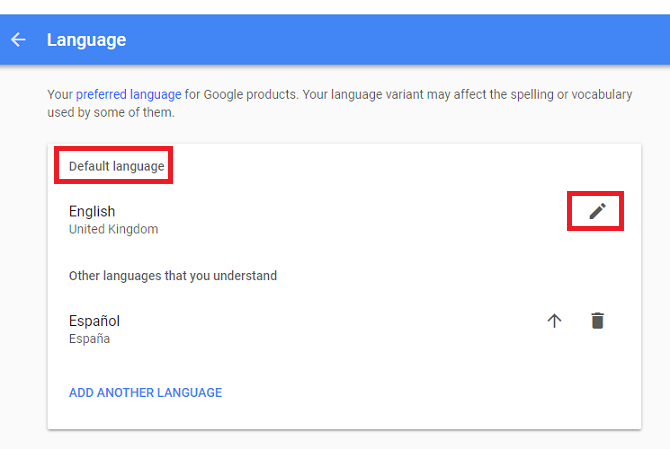

/https%3A%2F%2Fblueprint-api-production.s3.amazonaws.com%2Fuploads%2Fcard%2Fimage%2F701655%2F1ab91152-5c3f-45d0-a05a-abb193848adb.jpg)



